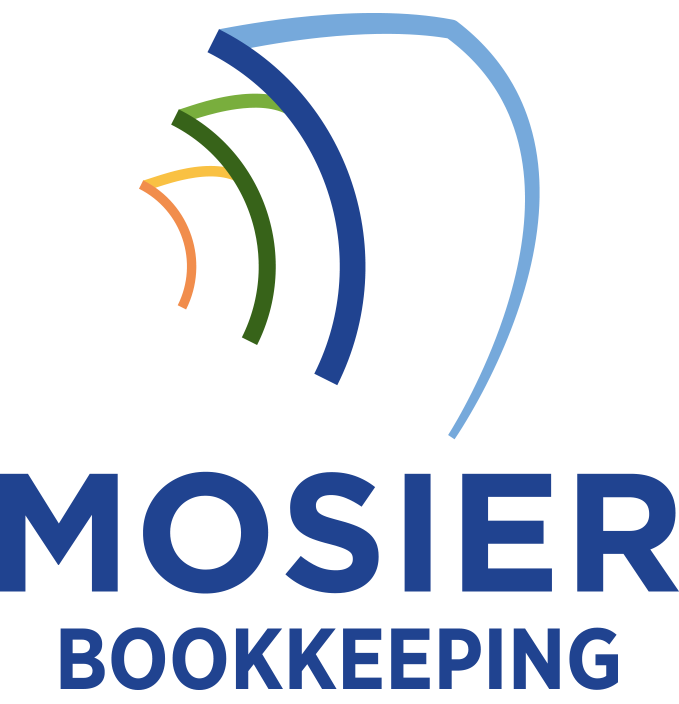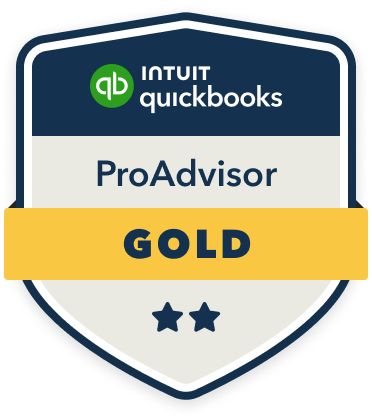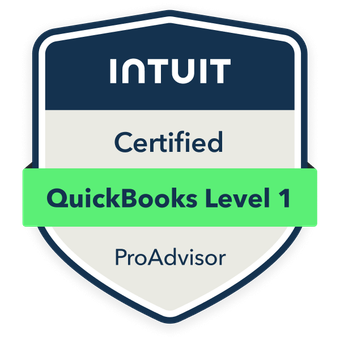Project-based billing requires you to implement an exhaustive tracking system that integrates time-tracking tools, milestone monitoring, and automated invoicing capabilities. I recommend setting up dedicated cost centers in your accounting software, establishing clear cost codes, and maintaining meticulous documentation of all billable hours and expenses. You’ll need to track direct costs, indirect costs, and overhead allocation while managing milestone payments for ideal cash flow. The following framework will transform your project bookkeeping into a streamlined, profitable operation.
Essential Components of Project-Based Billing Systems

To effectively manage project-based billing, you’ll need several interconnected components working together as a cohesive system. I recommend implementing a robust time-tracking tool that captures billable hours and expenses in real-time. Your system must include project milestone tracking, automated invoicing capabilities, and detailed client documentation.
I’ve found that integrating these with all-encompassing project management software maximizes efficiency. You’ll want features for contract management, scope definition, and change order tracking. Add powerful reporting tools that analyze project profitability, resource allocation, and budget variances. The key is selecting components that seamlessly share data while maintaining strict accuracy.
Setting Up a Project Cost Tracking Framework
Building on your project management foundation, a well-structured cost tracking framework forms the backbone of accurate project billing. I recommend implementing a three-tier tracking system: direct costs, indirect costs, and overhead allocation. You’ll need to set up dedicated cost centers in your accounting software and establish clear cost codes for each project component.
I’ve found that integrating time-tracking software with your accounting system creates a seamless flow of labor costs. Map your chart of accounts to specific project activities, and establish triggers for automated cost allocation. This framework enables you to capture and analyze project profitability in real-time.
Managing Project Milestone Payments and Cash Flow

How effectively you structure milestone payments can make or break your project’s cash flow health. I recommend strategically timing your payment milestones to maintain positive cash flow throughout the project lifecycle, while protecting your interests and managing client expectations.
To optimize your milestone payment structure:
- Front-load payments with a substantial deposit (30-50%) to cover initial costs and materials
- Set intermediate payments at key deliverable points to maintain steady working capital
- Reserve final payment (10-15%) until after client acceptance to safeguard leverage
Track each milestone payment meticulously in your accounting system and establish clear triggers for invoicing to prevent payment delays.
Best Practices for Project Documentation and Record Keeping
While milestone payments drive project revenue, proper documentation forms the backbone of accurate project billing and compliance. I’ll show you three critical documentation components that’ll give you complete control over your project finances.
| Document Type | Purpose | Frequency |
|---|---|---|
| Time Sheets | Track labor costs | Daily |
| Expense Logs | Monitor project spend | Weekly |
| Change Orders | Document scope changes | As needed |
| Status Reports | Track deliverables | Bi-weekly |
I maintain these records digitally and back them up weekly. For maximum protection, I implement a strict naming convention and version control system. This approach guarantees I have ironclad documentation for audits and dispute resolution.
Key Financial Reports for Project Performance Analysis

Three essential financial reports serve as the foundation for effective project performance analysis. I’ll show you how to leverage these powerful tools to maintain complete control over your project finances and drive strategic decision-making.
- Project Profitability Report – Track revenue against direct costs, overhead allocation, and labor expenses to determine true profit margins per project
- Work-in-Progress (WIP) Report – Monitor unbilled work, percentage completion, and cash flow projections across active projects
- Resource Utilization Report – Analyze billable hours, staff productivity, and capacity allocation to optimize team performance
These reports empower you to identify performance trends, adjust pricing strategies, and maximize project ROI.









